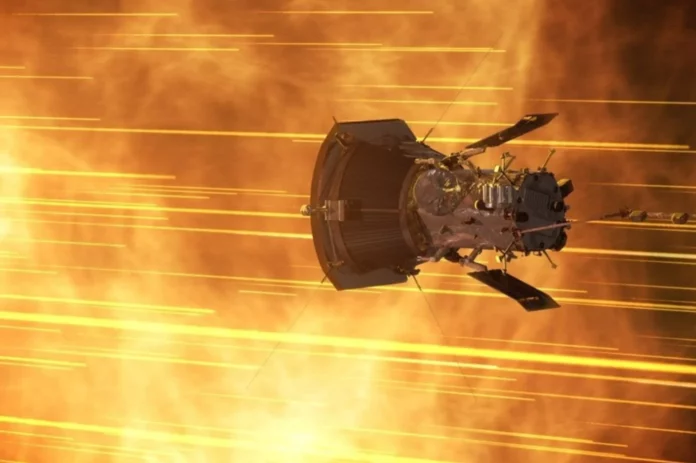The report, prepared by the National Academies of Sciences, Engineering, and Medicine, outlines the top priorities for space agencies and related institutions to better understand the solar system over the next decade. The report is based on 450 submissions from the scientific community, as well as other activities, including presentations and public meetings.
Decadal reviews are important; they outline scientific goals for a wide range of scientists. In 2021, the academies identified the search for Earth-like exoplanets, understanding the densest objects in the universe, and improving our understanding of the birth and growth of galaxies as top astronomical priorities.
The following year, a report on planetary science and astrobiology concluded that a probe to Uranus should be the highest priority mission. Last year, the Academies’ report put the issue of long-term human presence beyond Earth on the agenda.
This year’s report covers the full spectrum of solar and space physics, including how to better track the dynamic environment of our solar system and better understand the star at its heart.
The report calls for NASA to launch a mission to observe the space environment near Earth, as well as a spacecraft that will image the Sun at its poles. The report identifies the Next Generation Global Oscillations Network, a network of solar observatories, as the National Science Foundation’s highest priority major construction project.
Future modeling of space weather systems should also use artificial intelligence, the report says. In particular, machine learning-driven models of the Sun’s surface could better predict eruptions from the star’s surface, and data assimilation could be done quickly with AI programs, which would accelerate the pace of discovery.
The report also recommends that the NSF develop a strategic plan for space weather, that NOAA create a program to address it, and that it work with the Department of Defense to develop predictive space weather models. The report also calls for NASA to develop spaceflight as part of a space weather heliophysics program; the Parker Solar Probe’s dive into the Sun comes to mind as an ambitious endeavor that has yielded new knowledge about space weather.
“A lack of progress in solar and space physics over the next decade could have devastating consequences for society, in part because it would hinder our ability to predict and mitigate the potentially harmful effects of space weather,” said committee co-chair Stephen Fuselier, acting vice president of the Space Sciences Division at the Southwest Research Institute, in an Academy press release.
“While making significant progress will require little additional investment from the government, research in these areas is paramount,” Fuselier added. “This report helps to provide a glimpse into the future of this field and protect a growing range of industries on Earth, as well as enable humanity to become a true space civilization.”
Space weather is a dynamic phenomenon that affects even those of us living on Earth: this year our planet has experienced several intense geomagnetic storms that have caused auroras around the world and some electronic outages. But in space, such weather events can be serious for equipment that, while protected, is not in the relatively safe cocoon of our planet’s magnetosphere.
“The field of solar and space physics is at a tipping point, and we have the opportunity to do some really exciting research in the coming years, both for the sake of science and to achieve significant improvements in our understanding of things like space weather,” said Robin Millan, an astronomer at Dartmouth College and co-chair of the committee that wrote the report, in a press release from the US Academy of Sciences.
As we Earthlings ramp up exploration of our solar system (and, dare I say, beyond?), it is imperative that governing bodies quickly identify the types of missions and funding needed to make these ambitious next steps happen. This report serves as a guiding star for these purposes and gives the public a reason to be excited.









